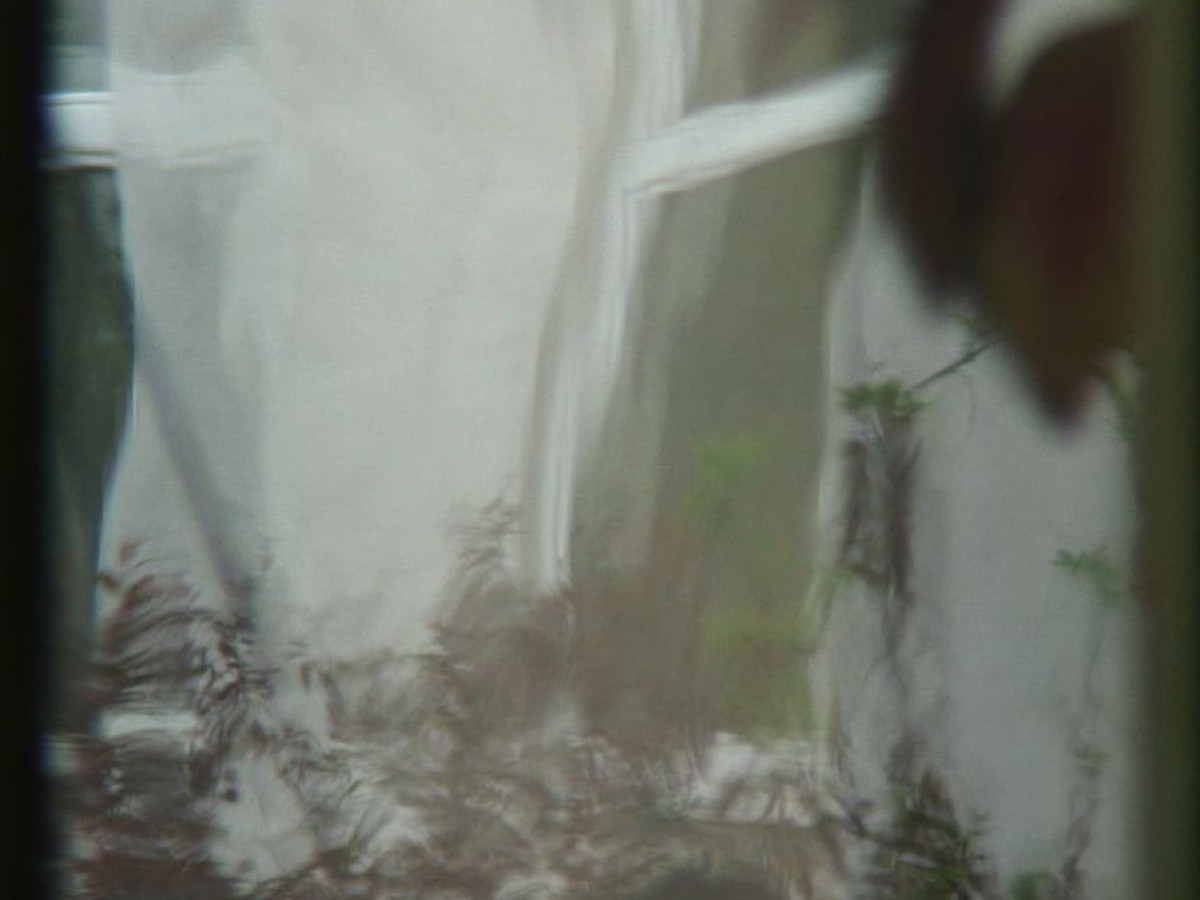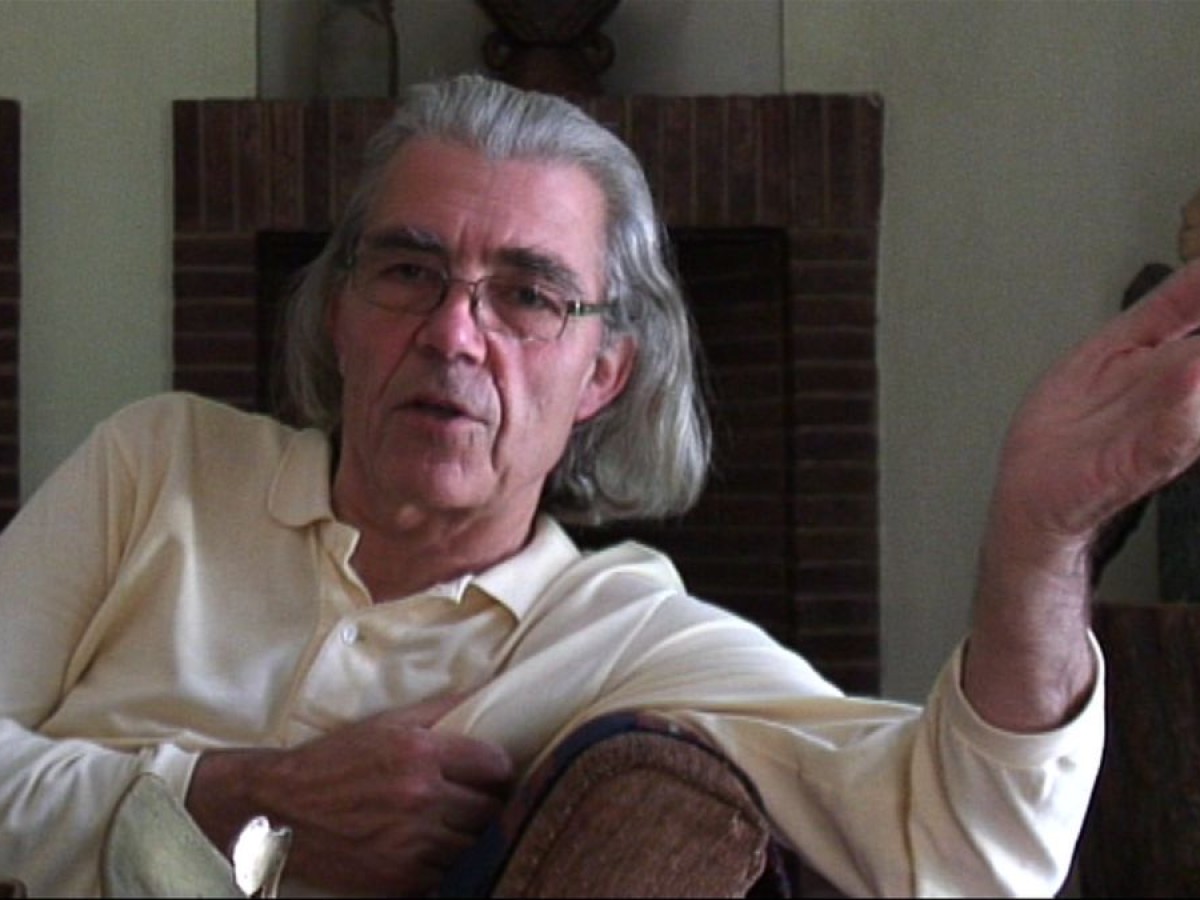Michael Pilz
So Much Beauty
May 25 to June 28, 2023
The program notes for this retrospective are not conceived as usual. They are written by Michael Pilz himself – passages and quotes from his work notes, e-mails, and statements related to all his work, that is, they provide glimpses into the strategies behind his artistic practice. The filmmaker in his own words.
An entire body of work forms a unity, it is the search for a spiritual core and it mirrors the need to become more and more aware of one’s own subconscious. "How did I become who I am? Who am I?"
All films are alike, all films are different from each other. It is the approach that remains the same. Sometimes it is only the air breathed by the film images that is different. Each movement, each breath opens a universe. The same (camera) eyes seem to glance without purpose at other manifestations of the world. Branches, flower buds, a table, people, a window, a dog, and a horse... Whatever happens to be caught in the artist's gaze and illuminated – without judgement, but also not arbitrarily. This often results in an unusual hovering over the beings and things connected through the montage.
But there is never any demand such as "You have to see it the way I do." But only: "Look – if you'd like. This is how it is – it was like this THERE in a here and now. This is how I saw it." He often talks about how his films could run in a room without an audience – in endless loops. This may even be their ideal state.
The following notes will therefore not sketch out what happens in the films – nothing happens in a narrative sense. But the order of the glimpses is not random. Each cut must be in this specific place. When Pilz selects the takes from his massive pool of images, then the result is irrefutably correct.
Pilz's films and texts reflect a life-long search for his own self and his yearning for an indescribable and unattainable beauty. Perhaps afterward too, to melt into these images and simply disappear in them. Some may want to follow his lead. (Birgit Flos)
"My new film could begin like this, or at least something like this. Candid and free associating, stringing together images and sounds like the words of a poem, a kind of versification (concentration) whose meaning can only be deciphered between the lines – through the individual filmic elements – in the direct apprehension of what is seen and heard, although not only before oneself on the screen, so to speak, but simultaneously in the experience of what it does to one here and now. It is not so important to know what is visible or audible, or where this and that come from, and what they may suggest. What is important is what is personal, the current moment, the emotionality of the cinematic experience. What is produced in me by the images and sounds I encounter? Which – other, particular – film do they compose for me? What do I recognize in reality?" (Michael Pilz / Translation: Ted Fendt)
The films of Michael Pilz are preserved at the Austrian Film Museum. This retrospective will be continued in small steps in the future and as part of our monthly series Collection on Screen.
With Michael Pilz in attendance
Michael Pilz. Auge Kamera Herz, edited by Olaf Möller and Michael Omasta was published in 2008 as volume 10 in the FilmmuseumSynemaPublikationen series.
The program notes for this retrospective are not conceived as usual. They are written by Michael Pilz himself – passages and quotes from his work notes, e-mails, and statements related to all his work, that is, they provide glimpses into the strategies behind his artistic practice. The filmmaker in his own words.
An entire body of work forms a unity, it is the search for a spiritual core and it mirrors the need to become more and more aware of one’s own subconscious. "How did I become who I am? Who am I?"
All films are alike, all films are different from each other. It is the approach that remains the same. Sometimes it is only the air breathed by the film images that is different. Each movement, each breath opens a universe. The same (camera) eyes seem to glance without purpose at other manifestations of the world. Branches, flower buds, a table, people, a window, a dog, and a horse... Whatever happens to be caught in the artist's gaze and illuminated – without judgement, but also not arbitrarily. This often results in an unusual hovering over the beings and things connected through the montage.
But there is never any demand such as "You have to see it the way I do." But only: "Look – if you'd like. This is how it is – it was like this THERE in a here and now. This is how I saw it." He often talks about how his films could run in a room without an audience – in endless loops. This may even be their ideal state.
The following notes will therefore not sketch out what happens in the films – nothing happens in a narrative sense. But the order of the glimpses is not random. Each cut must be in this specific place. When Pilz selects the takes from his massive pool of images, then the result is irrefutably correct.
Pilz's films and texts reflect a life-long search for his own self and his yearning for an indescribable and unattainable beauty. Perhaps afterward too, to melt into these images and simply disappear in them. Some may want to follow his lead. (Birgit Flos)
"My new film could begin like this, or at least something like this. Candid and free associating, stringing together images and sounds like the words of a poem, a kind of versification (concentration) whose meaning can only be deciphered between the lines – through the individual filmic elements – in the direct apprehension of what is seen and heard, although not only before oneself on the screen, so to speak, but simultaneously in the experience of what it does to one here and now. It is not so important to know what is visible or audible, or where this and that come from, and what they may suggest. What is important is what is personal, the current moment, the emotionality of the cinematic experience. What is produced in me by the images and sounds I encounter? Which – other, particular – film do they compose for me? What do I recognize in reality?" (Michael Pilz / Translation: Ted Fendt)
The films of Michael Pilz are preserved at the Austrian Film Museum. This retrospective will be continued in small steps in the future and as part of our monthly series Collection on Screen.
With Michael Pilz in attendance
Michael Pilz. Auge Kamera Herz, edited by Olaf Möller and Michael Omasta was published in 2008 as volume 10 in the FilmmuseumSynemaPublikationen series.
Related materials
In Person Video Document Michael Pilz 17. November.2008
Photos 2023 - Michael Pilz
Program Michael Pilz - November 2008



